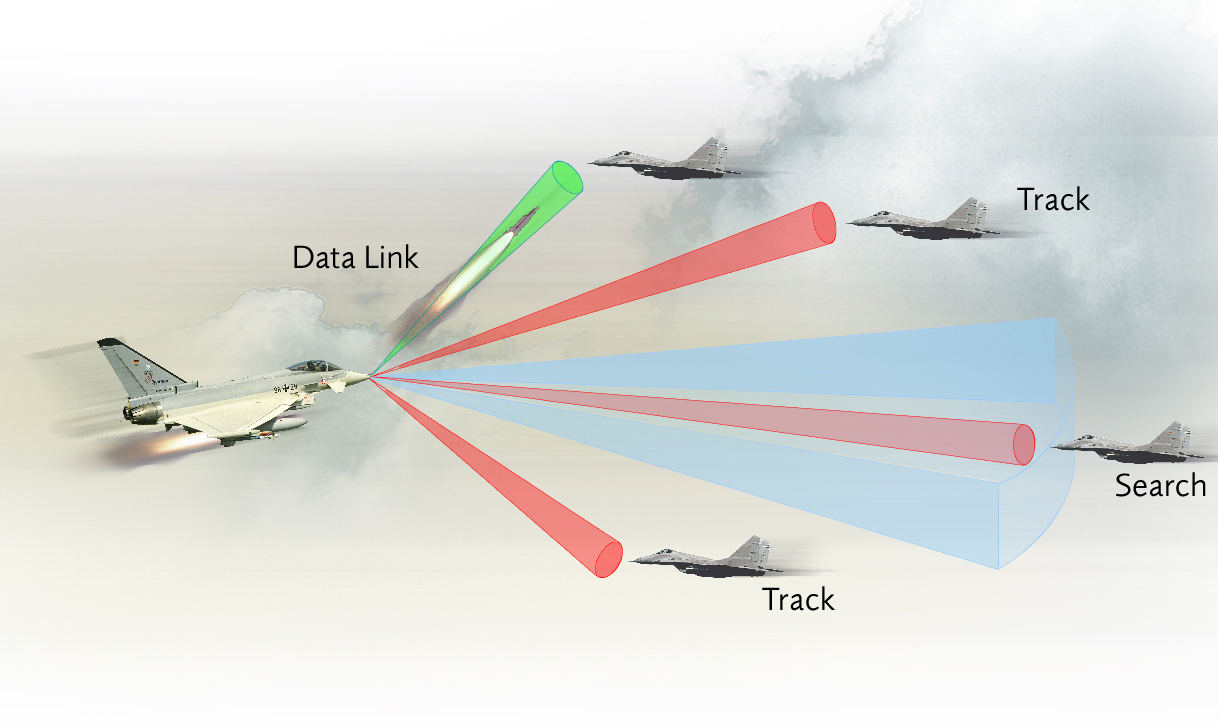WASHINGTON (AFNS) — The Air Force deputy chief of staff for strategic plans and programs discussed the reasoning behind the C‑27J Spartan program cut from the fiscal 2013 budget request during the Air Force Association’s monthly breakfast seminar here March 27.
 |
| (U.S. Air Force graphic/Sylvia Saab) (U.S. Navy photo/Petty Officer 2nd Class Vladimir V. Potapenko) |
“It’s not because it isn’t a good aircraft, and it’s not because it wasn’t a good idea $487 billion ago,” said Lt. Gen. Christopher Miller. “We are going to make more disciplined use of defense dollars.”
From a financial and programmatic perspective, anytime an entire weapons system, its logistic support and training infrastructure can be eliminated without harming the capabilities of the force, the benefits are greater, Miller said.
“The savings that you reap from that kind of action is far greater than if you just retired a fractional number of the fleet,” he said.
Coupling the facts that the Air Force was under financial pressure and the life-cycle costs of the C‑27 exceeded that of the C‑130 Hercules because of how it was to be based, there wasn’t any other realistic option, especially given that the Air Force can accomplish its goals with the C‑130, according to Miller. “We remain committed to supporting our Army teammates.”
“(Cutting the C‑27 program) was a decision we did not like to make, but that we had to make,” he said. “Its capacity, over and above the rest of the fleet, simply was not needed under the demands of the new strategy. What that allowed us to do was keep some very important things on track.”
He said the savings allowed the Air Force to maintain focus on systems like the KC-46A Tanker and the F‑35 Lightning II joint strike fighter as well as other, not-so-visible systems like global positioning satellites, space programs, and intelligence, surveillance and reconnaissance systems.
“We want to make decisions in the near term that support the strategic vision in the long term,” Miller said. “As we start to come out of Afghanistan, and have come out of Iraq, we are facing a new resource era.”
He said the Air Force is looking at a type of full-spectrum rebalancing within the force.
“We’re trying to bring all these things we’ve done for a long time into a sustainable balance for the future,” the general said. “Space and cyber are clearly more predominant in all aspects of military operations than they used to be.”
The Air Force is going to put even more emphasis on making sure the active, Guard and Reserve components are balanced appropriately and making sure Airmen and assets are fully ready all the time, he said.
“Maintaining a smaller force that is anything less than ready is a bad idea,” said Miller.
Source:
U.S. Air Force

 von
von 